
Quick Fixes for Broken Men's Jewelry Necklaces
Men's jewelry necklaces add personality, edge, or refinement to your style, depending on how you wear them. But when a clasp gives out or a link ends up bent, it can throw off your whole look. Whether it’s something you wear daily or only pull out for special nights, damage to your favorite piece is frustrating. And if you’re not sure what to do next, it’s easy to let it sit broken longer than it should.
The good news is that common problems can often be tackled without much hassle once you know what you're looking at. A quick fix now can help you avoid bigger headaches down the line. From loose gemstones to stretched chains, a few simple steps can make a big difference in keeping your men's jewelry necklace in solid shape.
Inspecting the Damage
Before trying to fix anything, take a close look at the damage to figure out what you're dealing with. The issue might be right in front of you, or it could take a closer inspection to spot. Start by laying the necklace on a flat, well-lit surface. This lets you check the chain evenly without it twisting, which makes it easier to catch any broken areas.
Here are a few common issues to watch for:
- Broken or loose clasp: If the clasp doesn’t close securely or pops open with slight pressure, it may need tightening or replacement.
- Stretched or bent links: A chain that lost its symmetry or looks uneven in spots might have deformed links that need reshaping.
- Disconnected chain ends: Over time, the connecting rings that hold the necklace together can come apart.
- Loose decorative elements: This could be a gemstone that’s wobbling or a charm slightly out of alignment. It's best to secure these before they fall out entirely.
As you examine the piece, move it gently in your hands. Feel for weak spots. Sometimes a section feels thinner or softer than the rest. If it’s a fine chain with lots of movement, be careful not to tug too hard or the damage could get worse. Also, if anything seems more complicated, like multiple areas affected or missing parts, you’re probably better off handing it over to a pro instead of making things worse.
One good rule of thumb: if you're squinting for too long or unsure how the necklace is even built, it's time to pause and think twice before moving forward. Quick fixes are helpful, but only when you’re sure of the problem.
Tools You'll Need
When you're confident the damage looks fixable, gather a few basic tools. You don’t need anything fancy, just items that will help you grip, adjust, or reinforce your necklace safely.
Here’s a short list of tools that come in handy:
1. Jewelry pliers: These are a must. Needle-nose or bent-nose pliers give you control over tiny parts without damaging the metal. Avoid regular pliers from the garage, which can be too rough or imprecise.
2. Magnifying glass: Small imperfections or damage aren't always visible to the naked eye. A magnifier clears that up fast so you can work accurately.
3. Soft cloth or padded surface: Lay the necklace down on something cushioned to avoid scratching or bending it further.
4. Jewelry glue: For decorative parts like loose charms or small gemstones, glue can help keep things secure. Just make sure it’s made for jewelry so it dries clear and holds over time.
5. Replacement parts: Clasps, jump rings, or link spacers are worth having on hand if you plan to do quick fixes. These tiny components are often the first to fail.
If it’s your first time fixing jewelry, practice opening and closing jump rings on something you don’t mind messing up. Necklaces aren’t hard to work with once you understand their structure, but you’ve got to be gentle. Over-tightening a link or bending it the wrong way can crack the chain or lock it in the wrong shape.
Having the right tools around makes all the difference between a clean, quick repair and a frustrating redo. Even if you're not tackling repairs regularly, keeping these basics on deck can save you time the next time a surprise break catches you off guard.
Step-by-Step Fixes for Common Issues
Getting hands-on with necklace repairs can seem tricky, but with some focus, you can tackle the most frequent problems yourself. It's all about knowing where to focus your efforts.
Broken Clasp
Replacing a clasp is often less intimidating than it sounds. Start by using your pliers to open the jump ring connecting the clasp to the chain. Once removed, slide on the new clasp, ensuring it faces the right direction for easy fastening. Carefully close the jump ring using the pliers, making sure there's no gap for it to come undone again.
Stretched or Bent Links
Stretched links can often be coaxed back into shape with a gentle touch. Use your pliers to apply light pressure, even out the link, and reshape it into its original form. Be cautious not to squeeze too hard or it might break. With patience, you can often restore most links unless they're severely warped or damaged.
Loose Gemstones
A wobbly gemstone is best addressed before it makes an unexpected exit. Apply a dab of jewelry glue underneath the stone gently, securing it in place. Let the glue dry completely on a flat surface before wearing the necklace again. This ensures the stone stays put and retains the necklace's even appearance.
Preventative Maintenance Tips
Regular upkeep can save you from future headaches. Jewelry is best placed in individual soft pouches or in a jewelry box with separate compartments. This prevents pieces from rubbing against each other. When wearing necklaces, try not to expose them to harsh chemicals or excessive moisture. Perfumes, lotions, or sweat can speed up tarnishing and wear.
- Routine checks: Set time aside every few months to inspect your jewelry. Notice any links that might be loosening or small details that are slightly off. A small repair now can prevent larger issues down the line.
- Cleaning: Use a soft cloth specifically for jewelry to wipe down your necklace and revive its shine. For a deeper clean, gently wash it with mild soap and warm water, but check the manufacturer's suggestions as some pieces may need special care.
- Safe wearing habits: Attach your necklace after dressing. This reduces snagging on clothing.
Keeping Your Necklace in Top Condition
All it takes is a regular touch to keep your necklaces looking sharp. Continuing good habits with storage and routine inspections pays off by extending the life and look of your favorite jewelry. Keeping an eye out for damage means fewer moments of frustration and less time spent without that go-to piece.
Should anything about your necklace seem more than a bit tricky to tackle on your own, professional repair services are always a solid choice. They ensure that your treasured pieces get the care and precision they deserve, often restoring them to like-new condition. Prioritize handling your jewelry with intention and you'll continue enjoying them for years to come.
Whether you're dealing with repairs or just looking to upgrade your style, the right piece can make all the difference. Explore options that suit your look with a standout men's jewelry necklace from Hommes Oro. With thoughtful design and everyday durability, we’ve got what you need to feel confident and polished.
Best Sellers


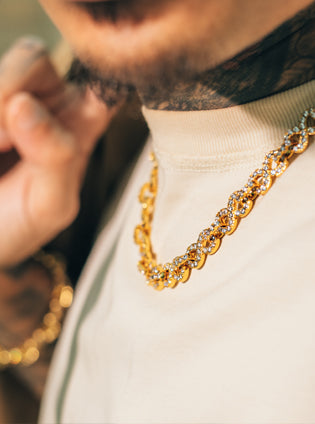
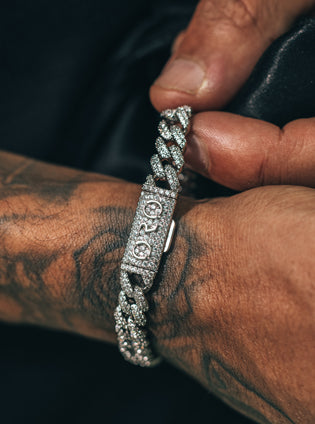

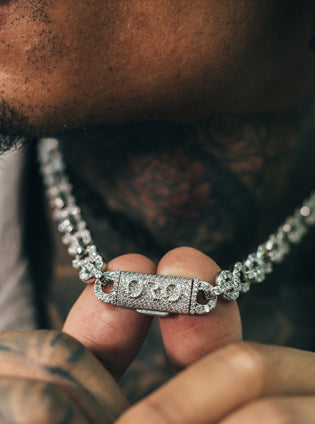



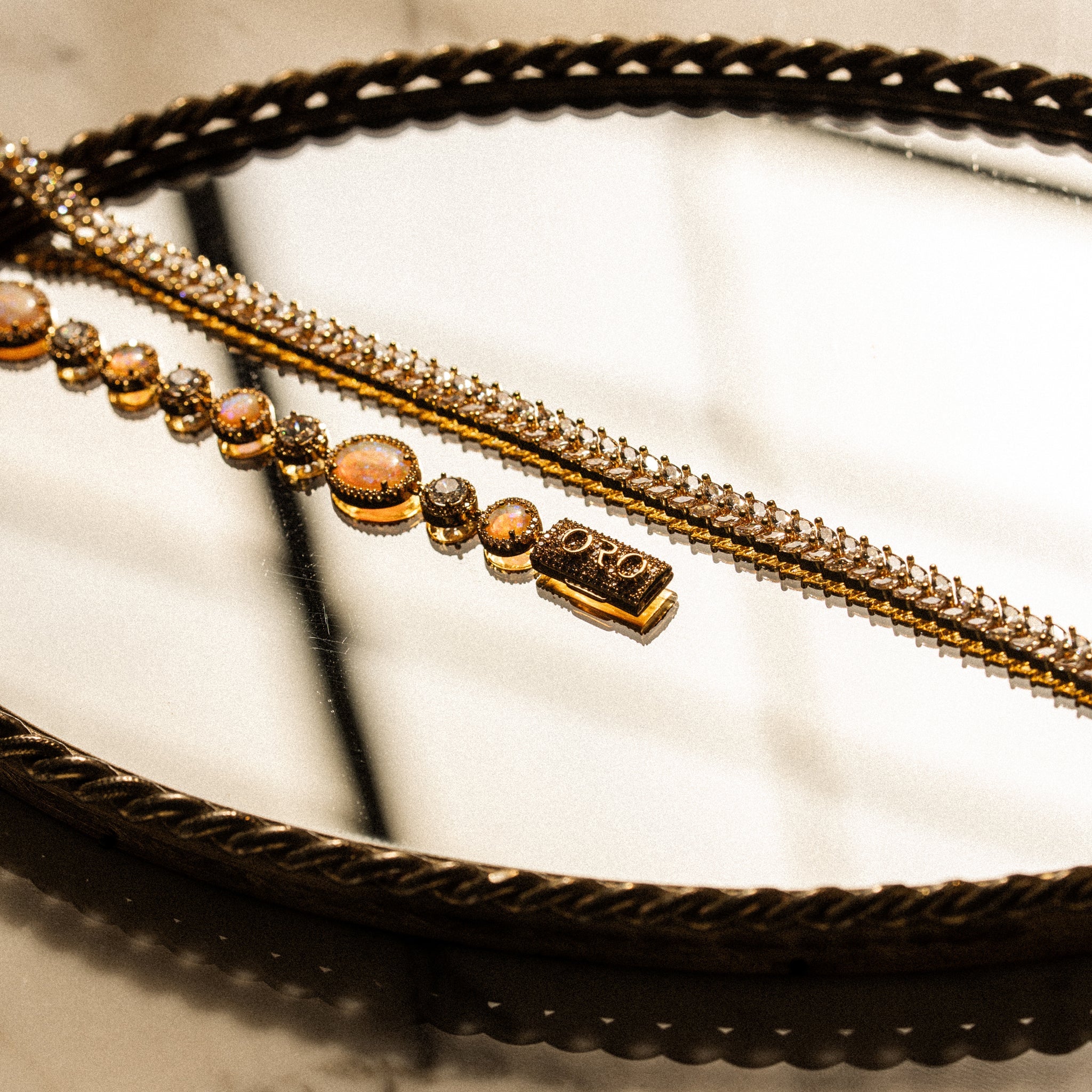
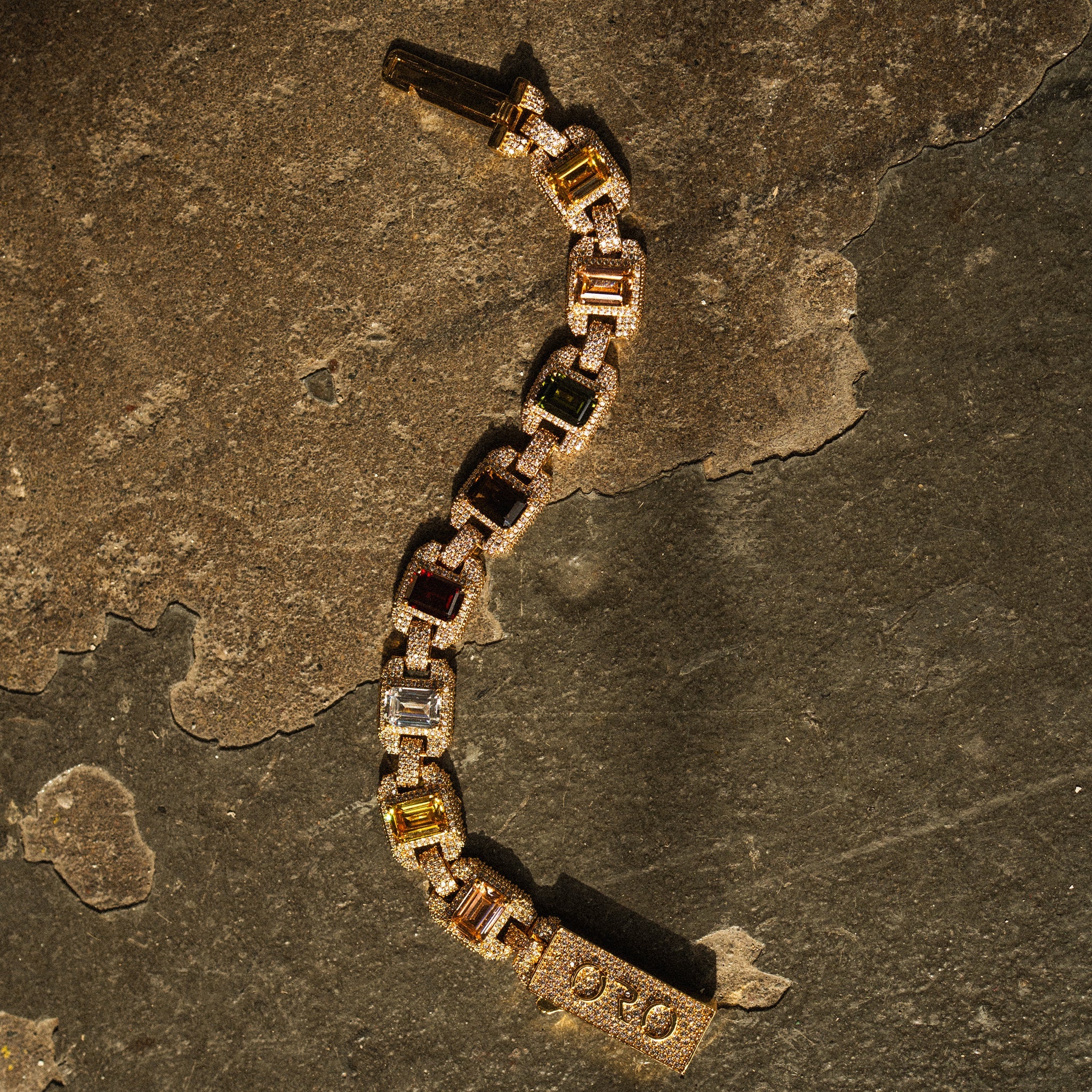
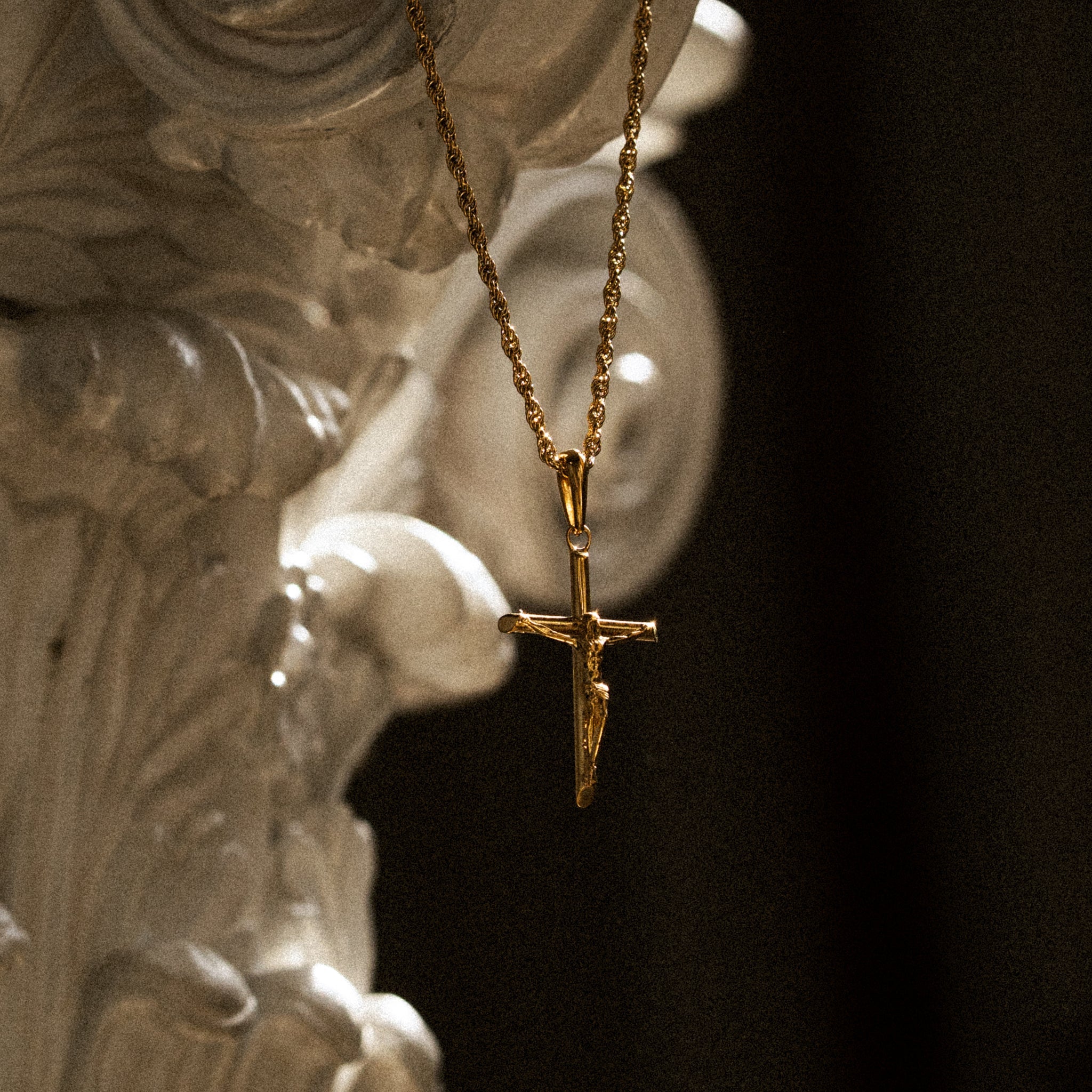

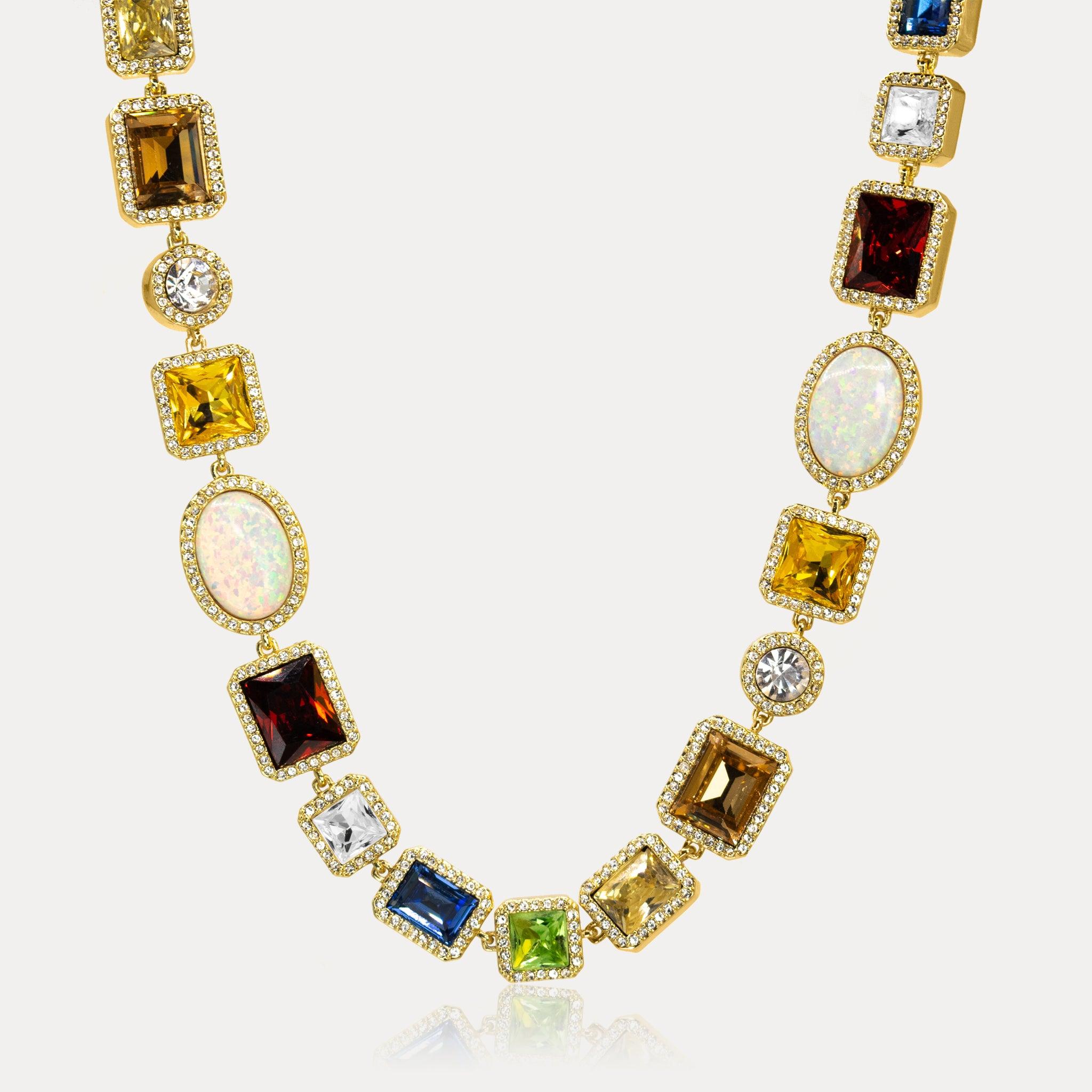
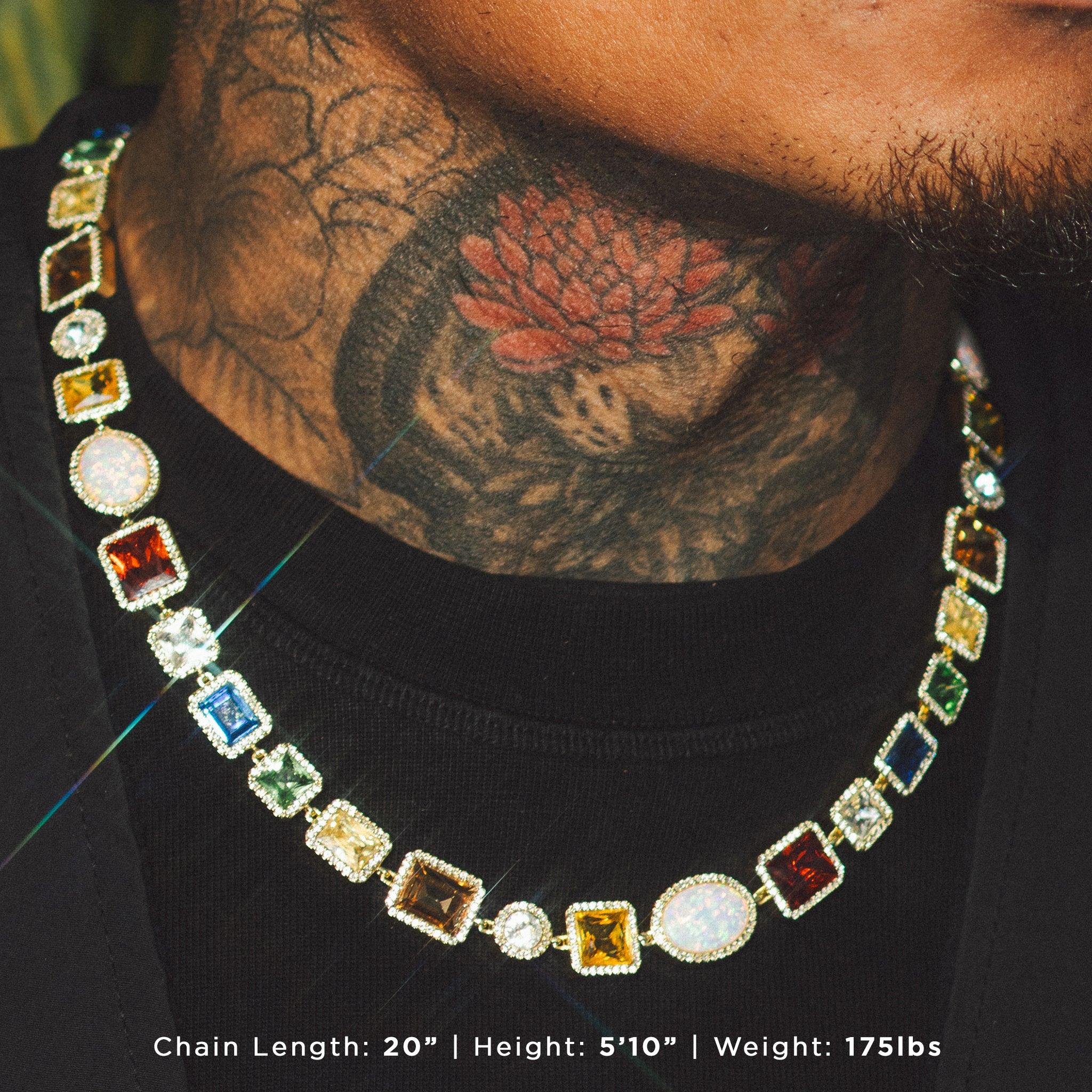
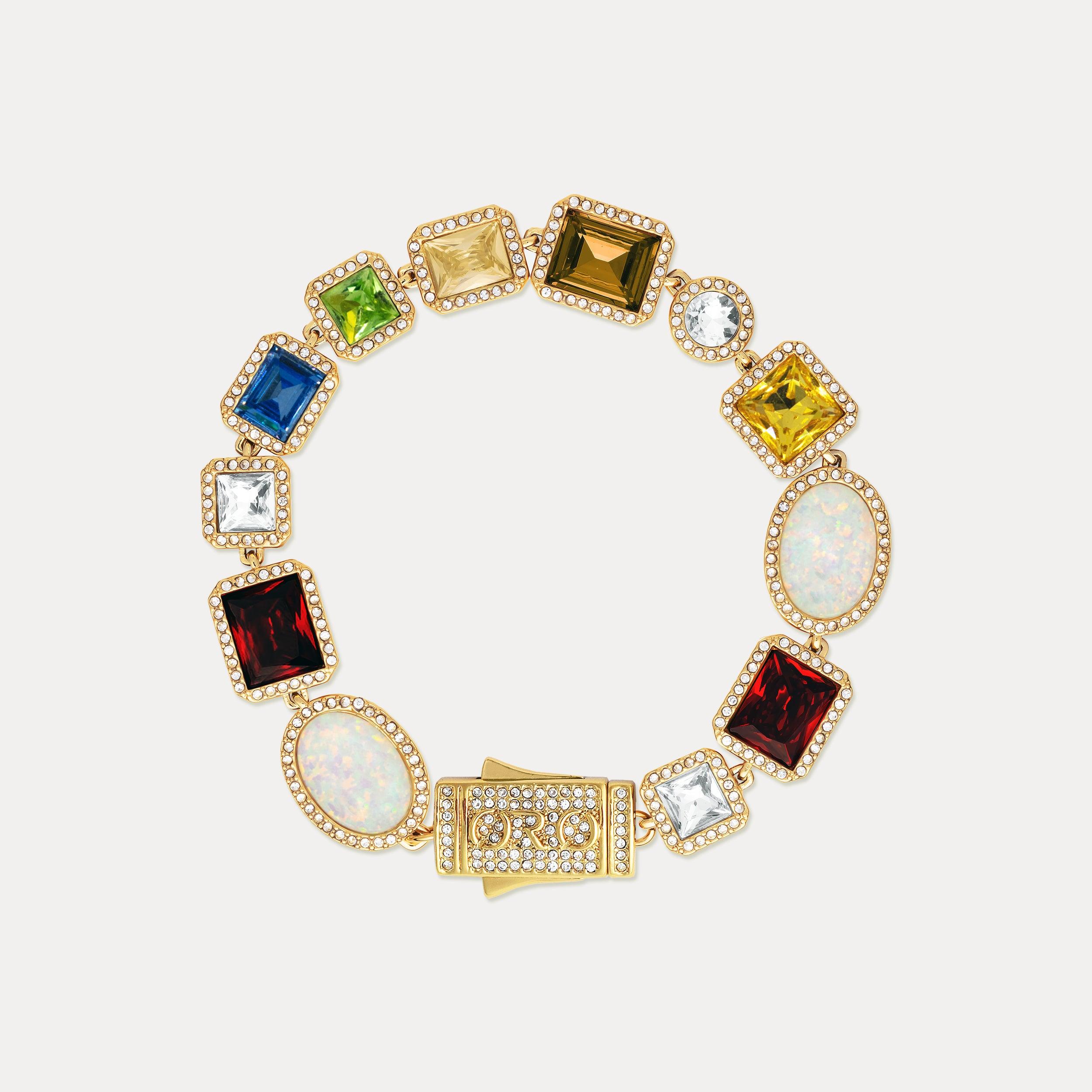
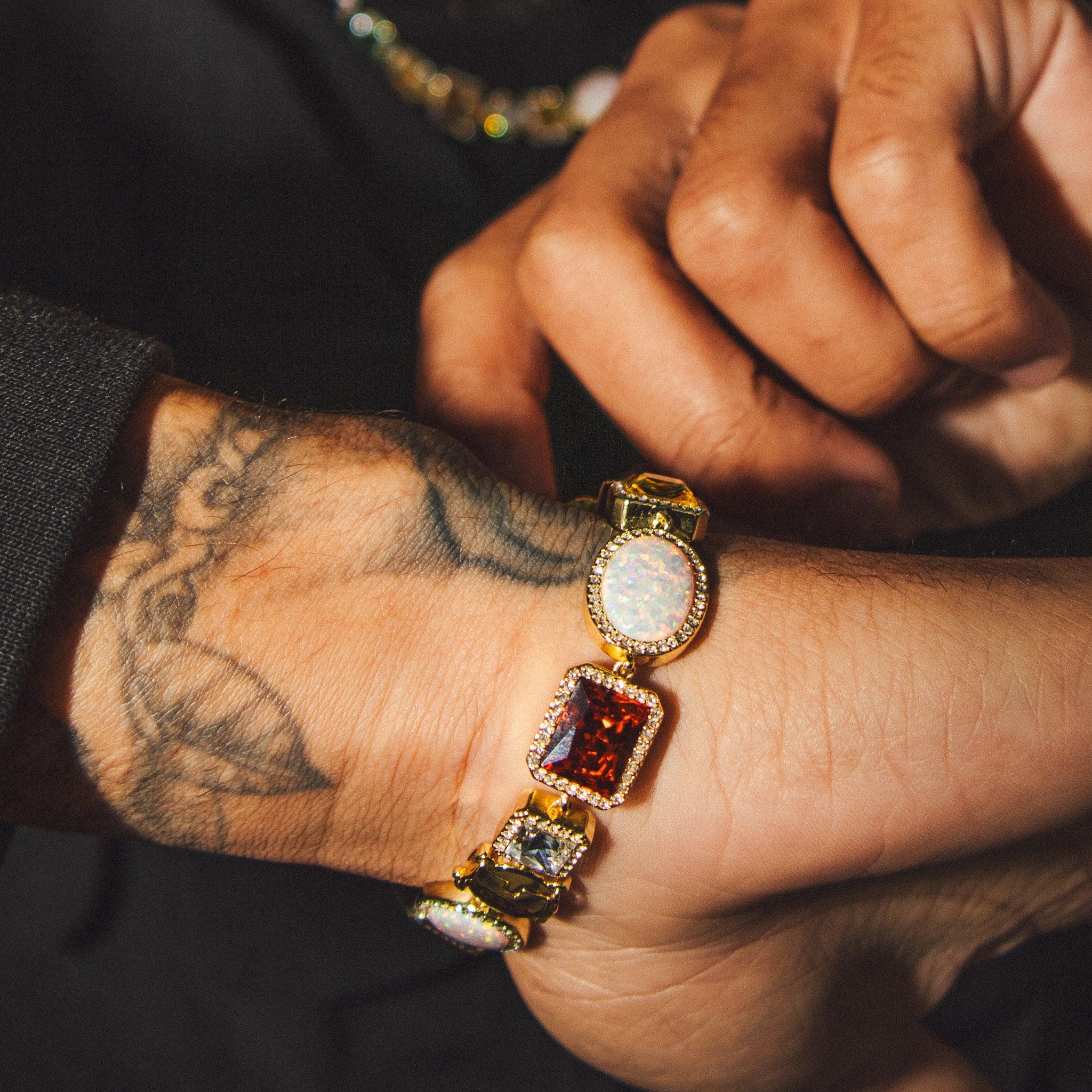
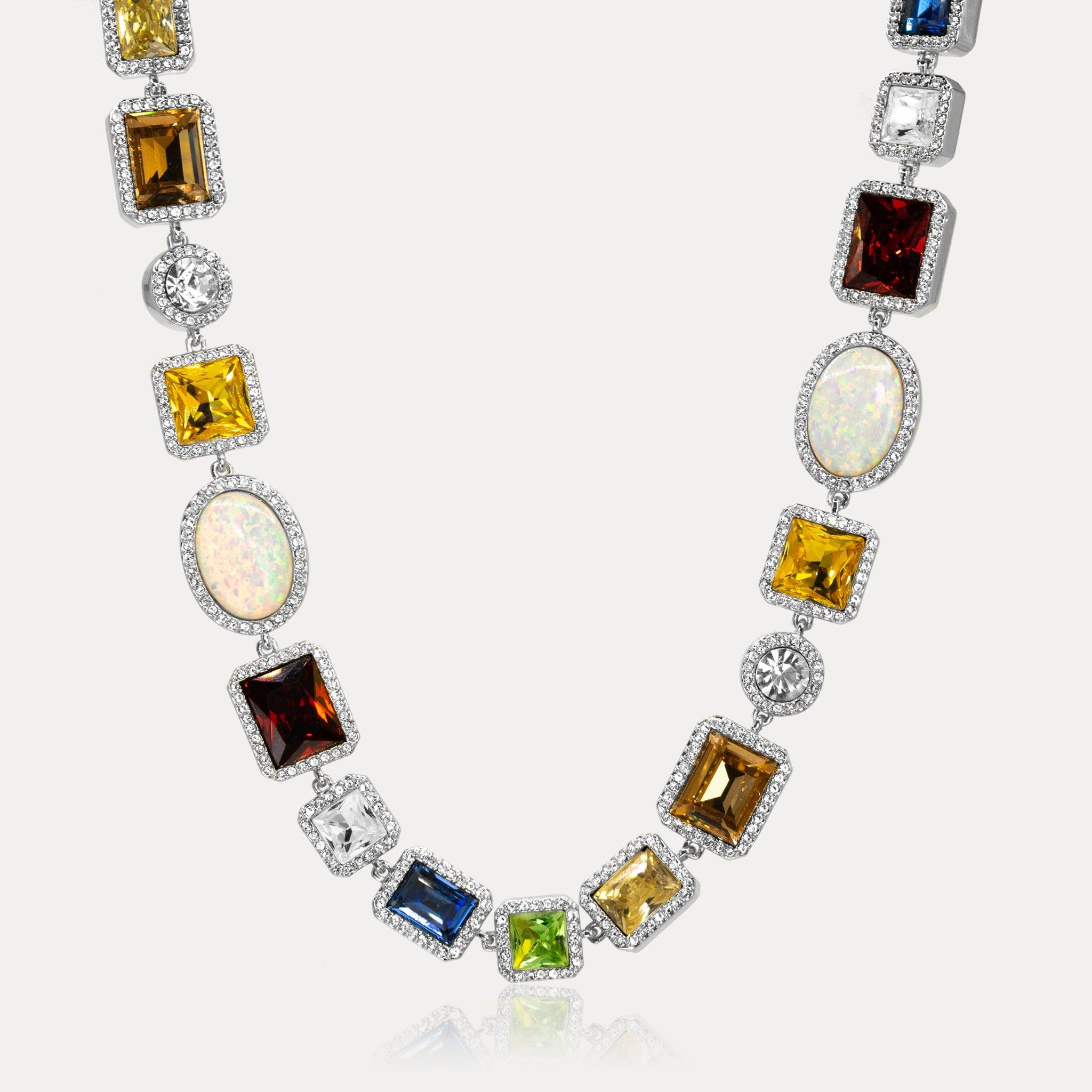

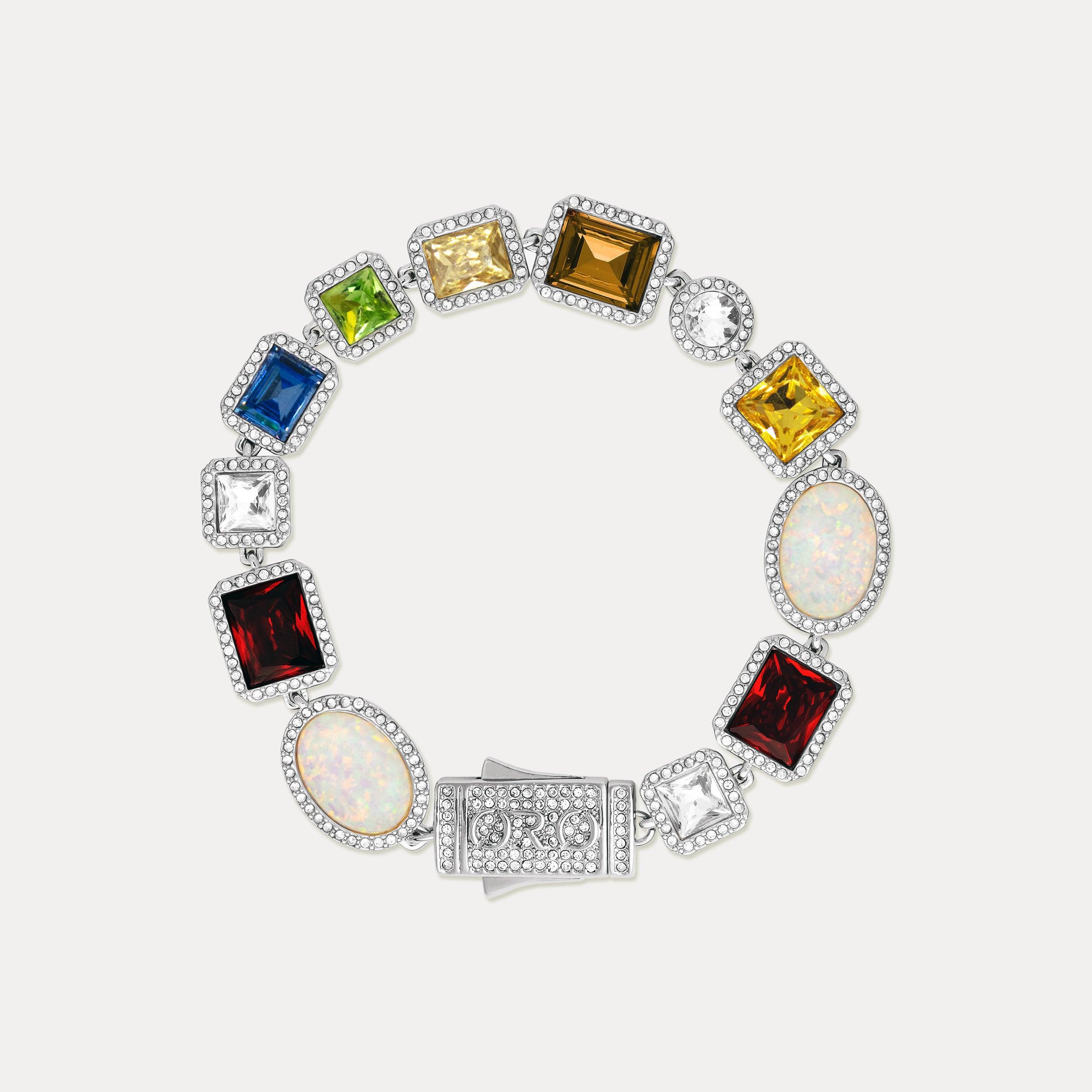

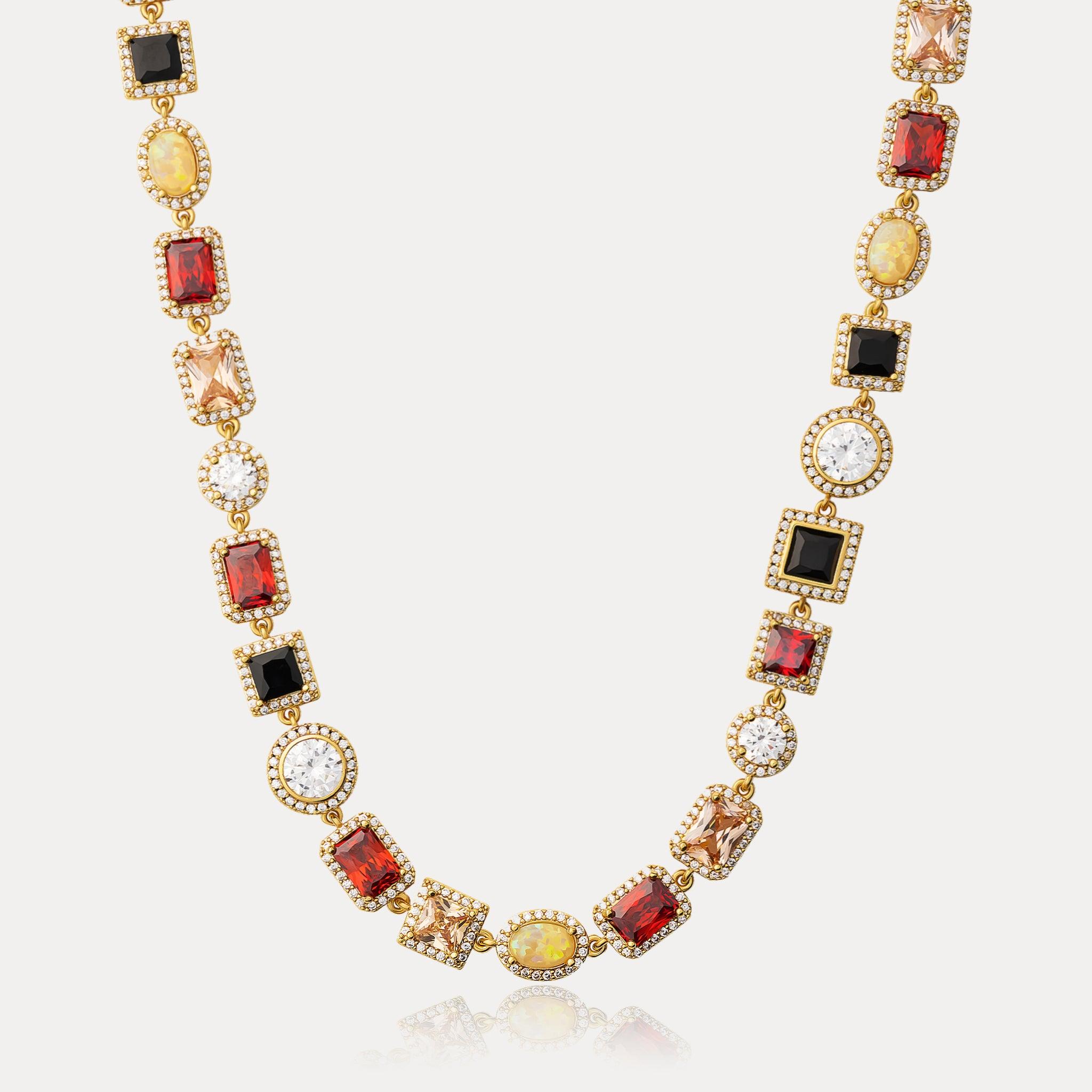

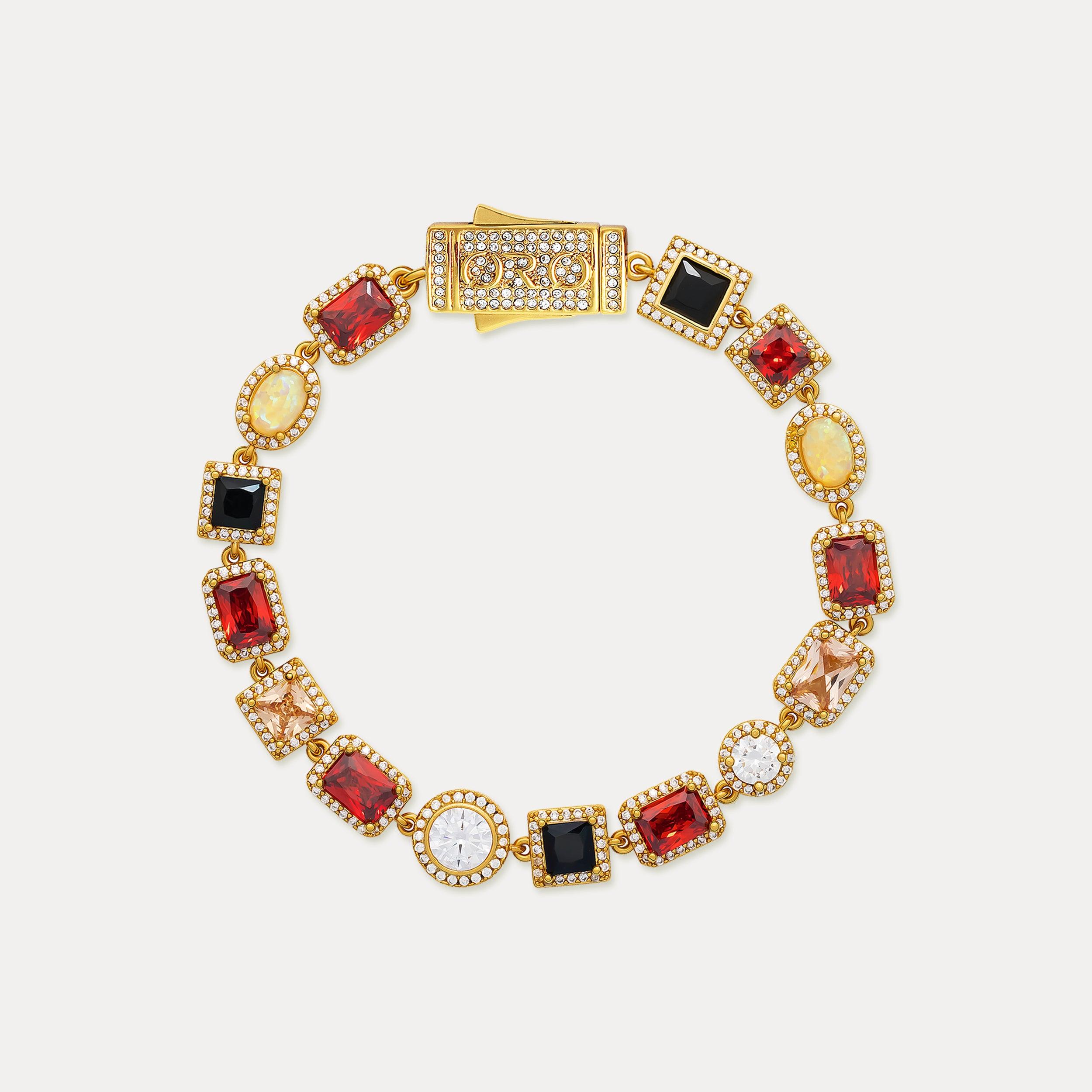
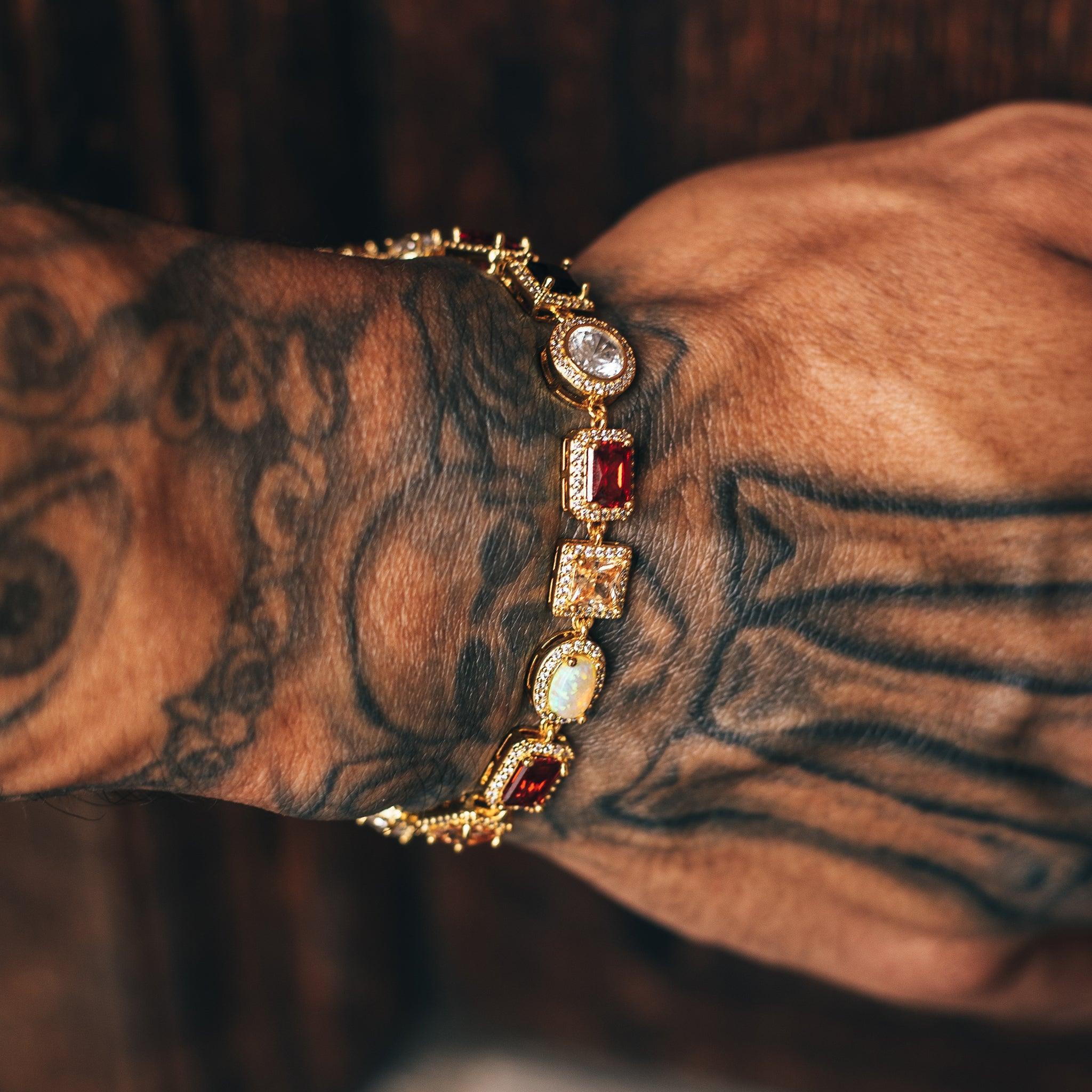
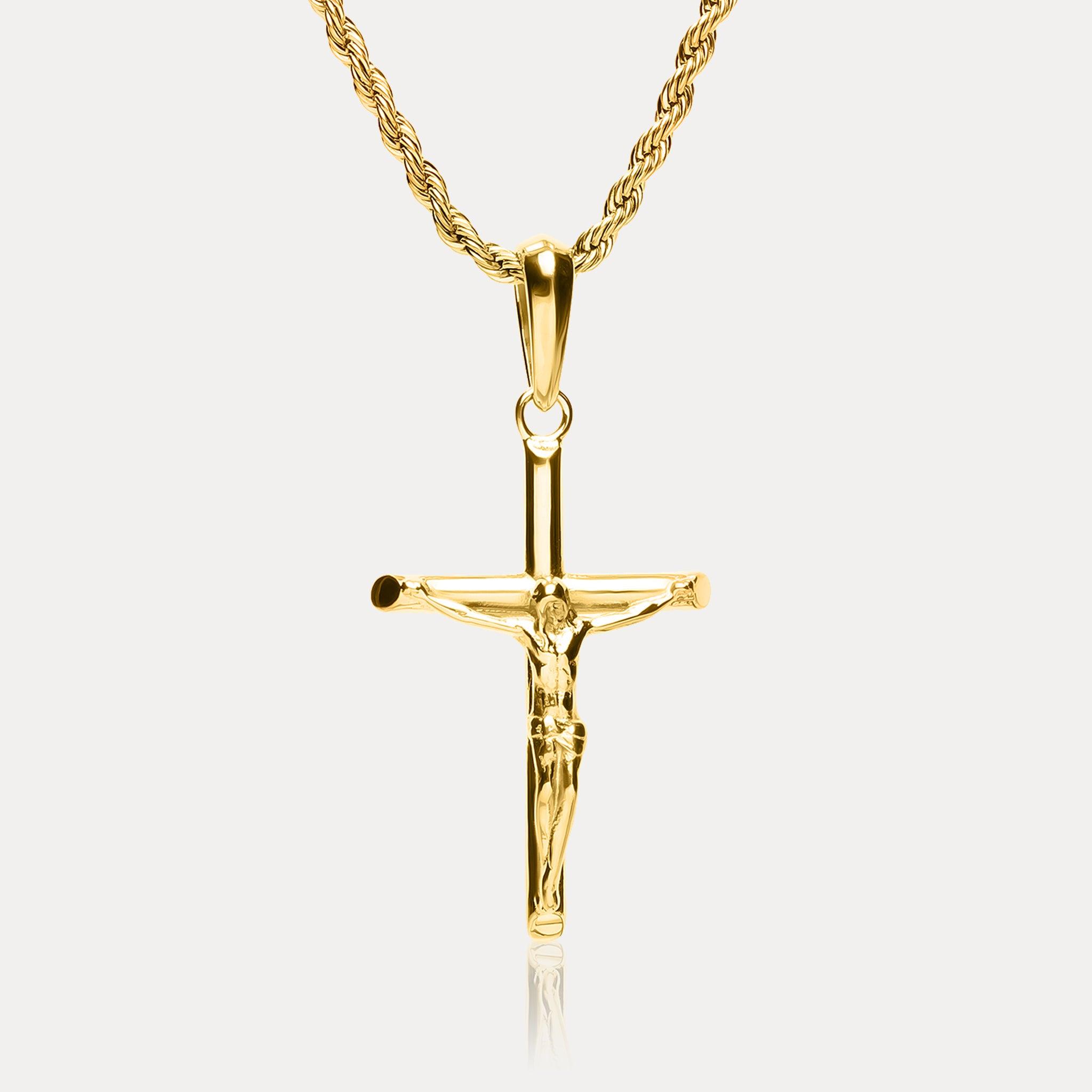
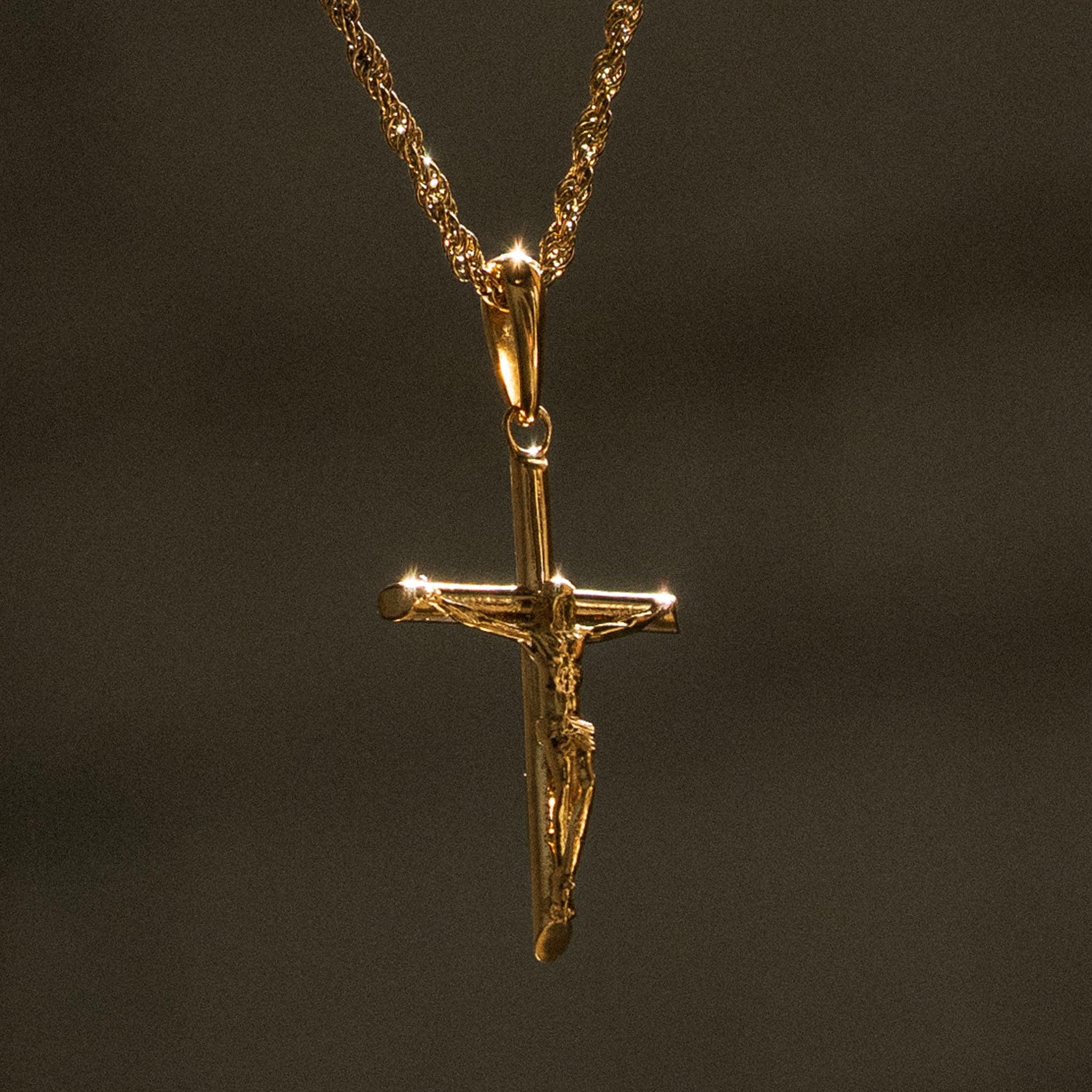
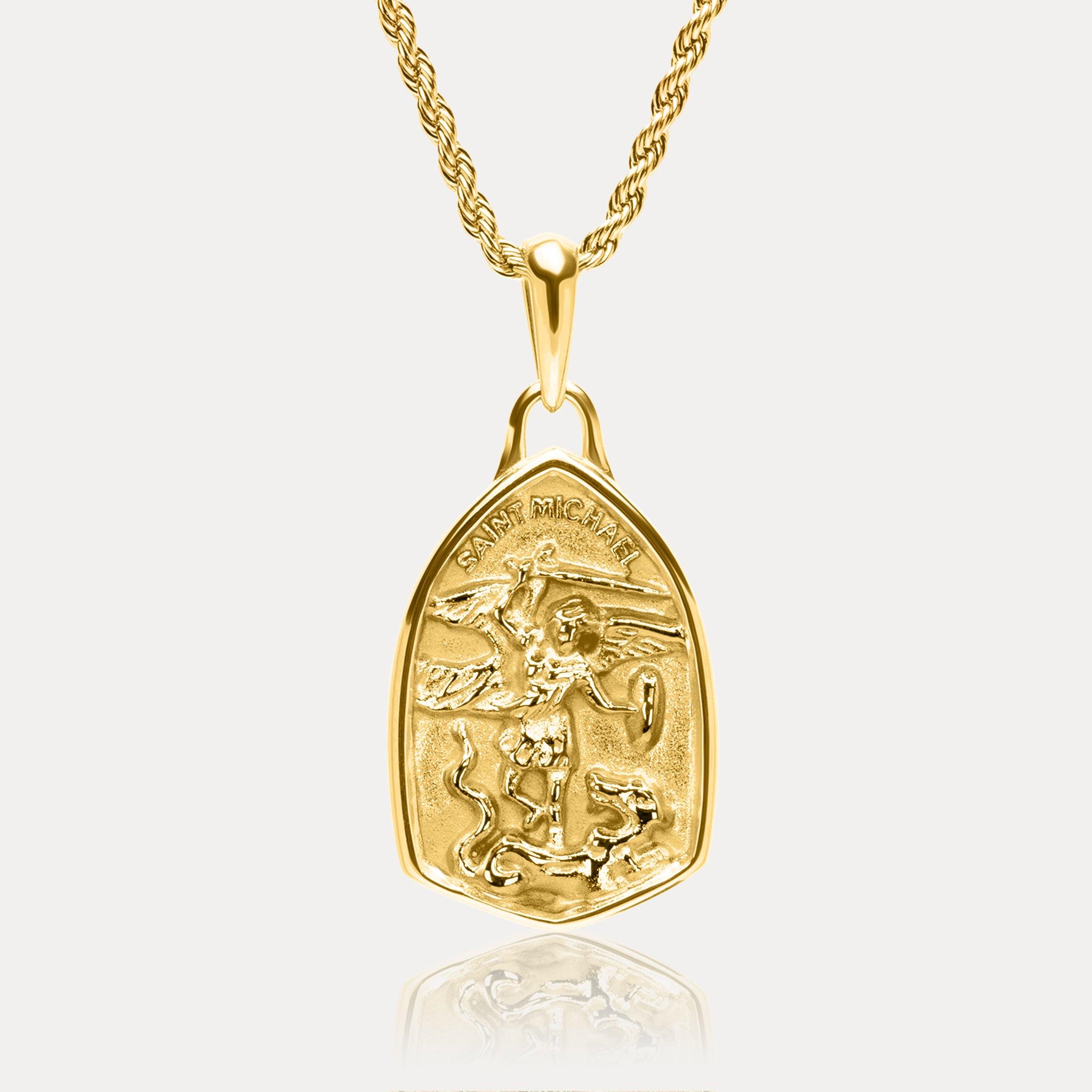
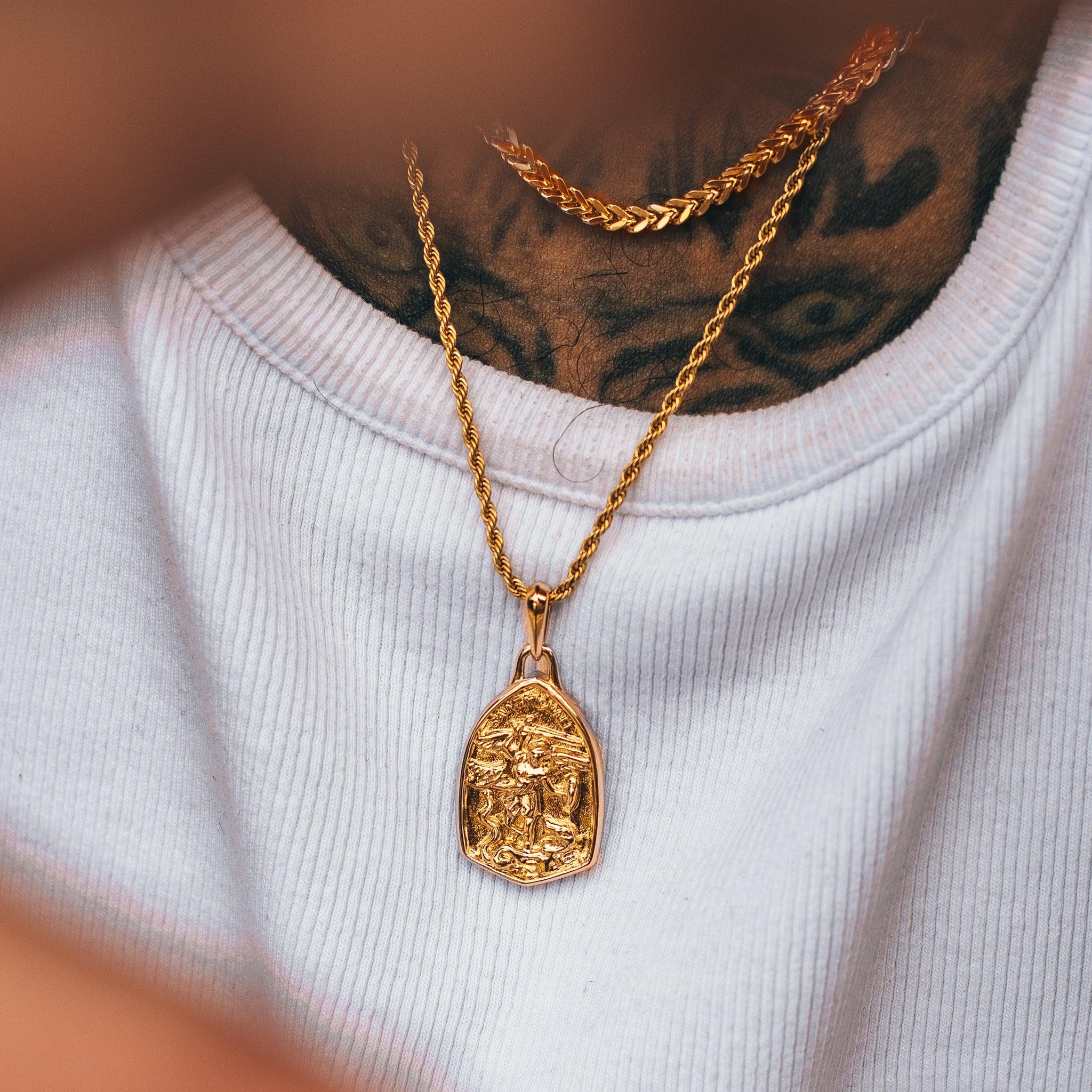
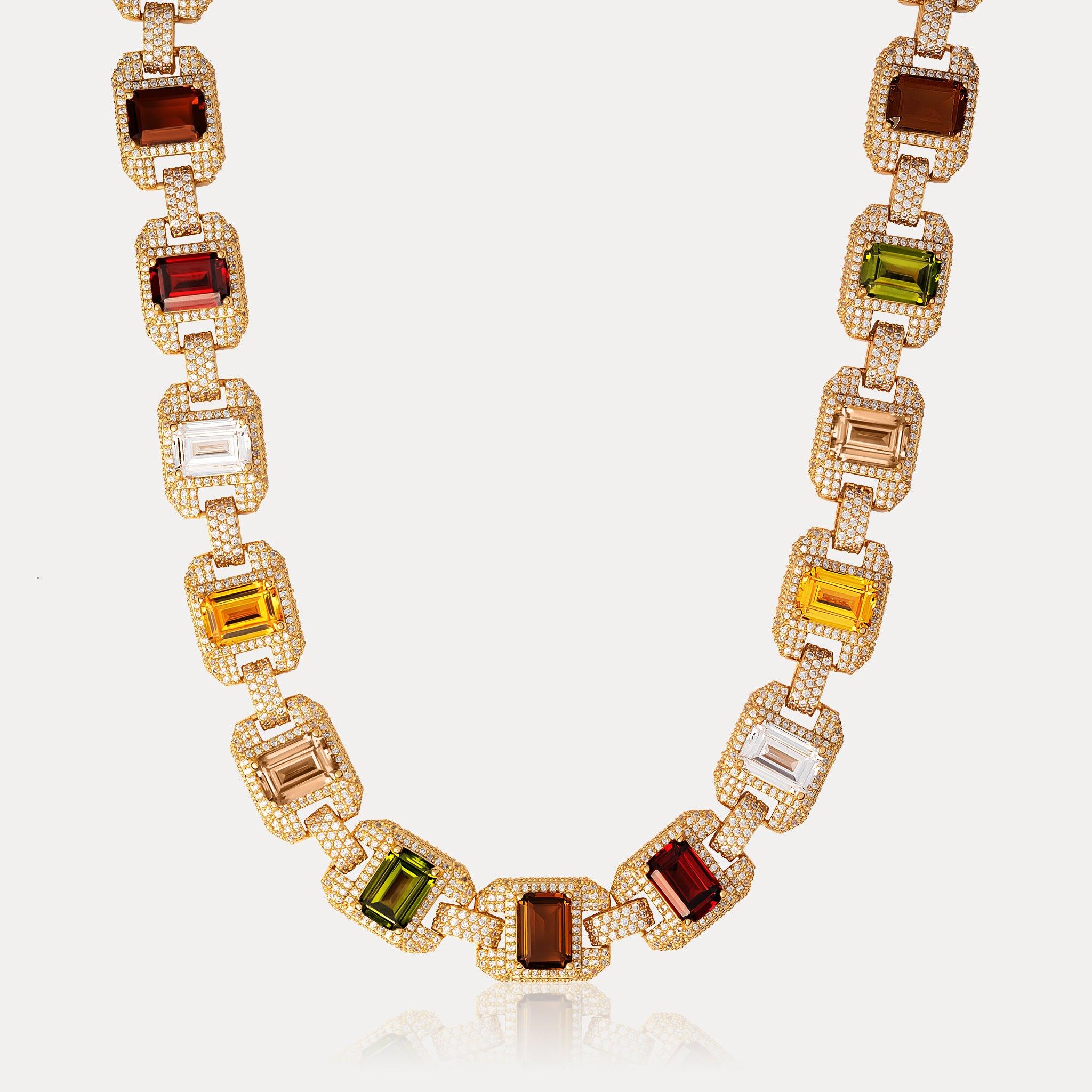

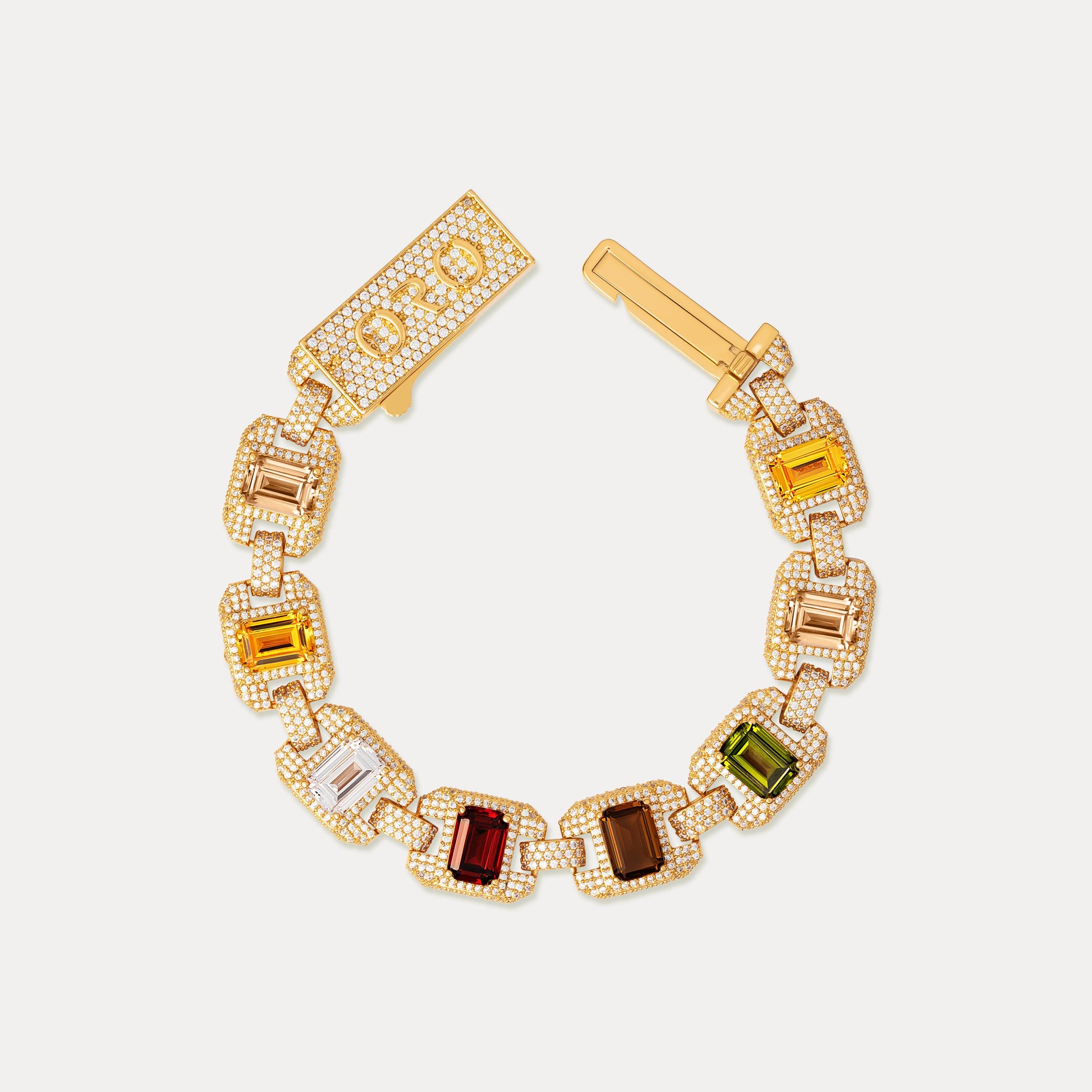
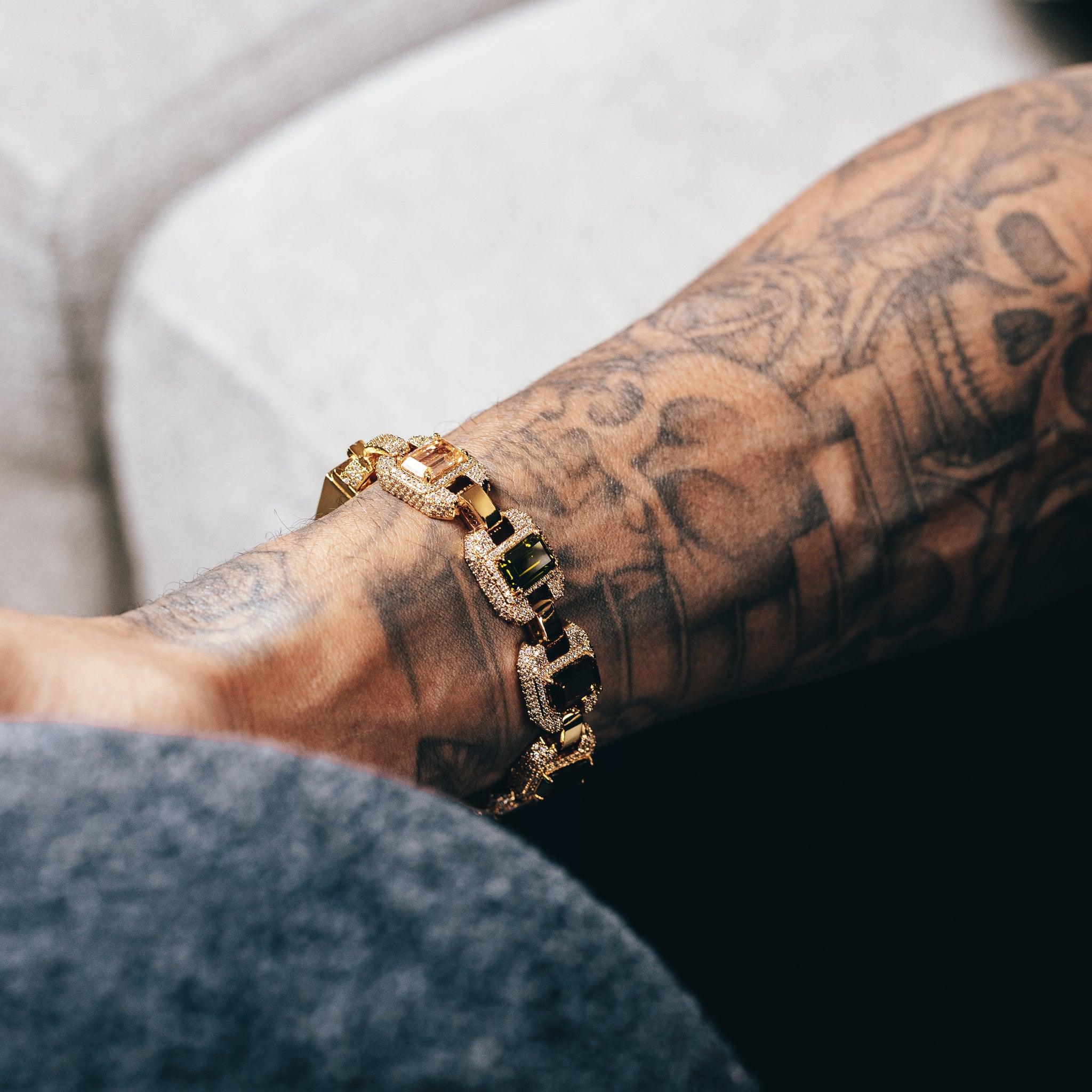

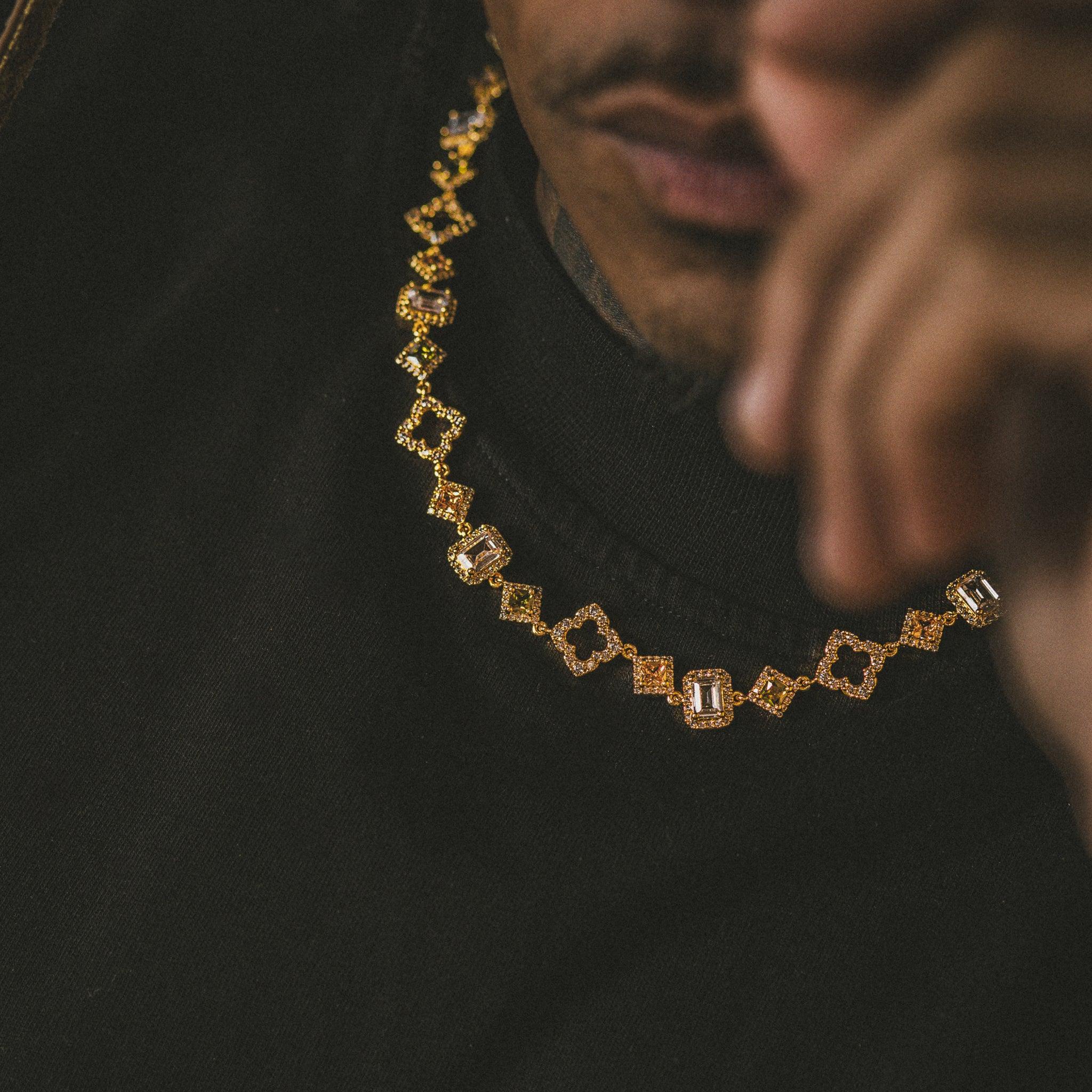
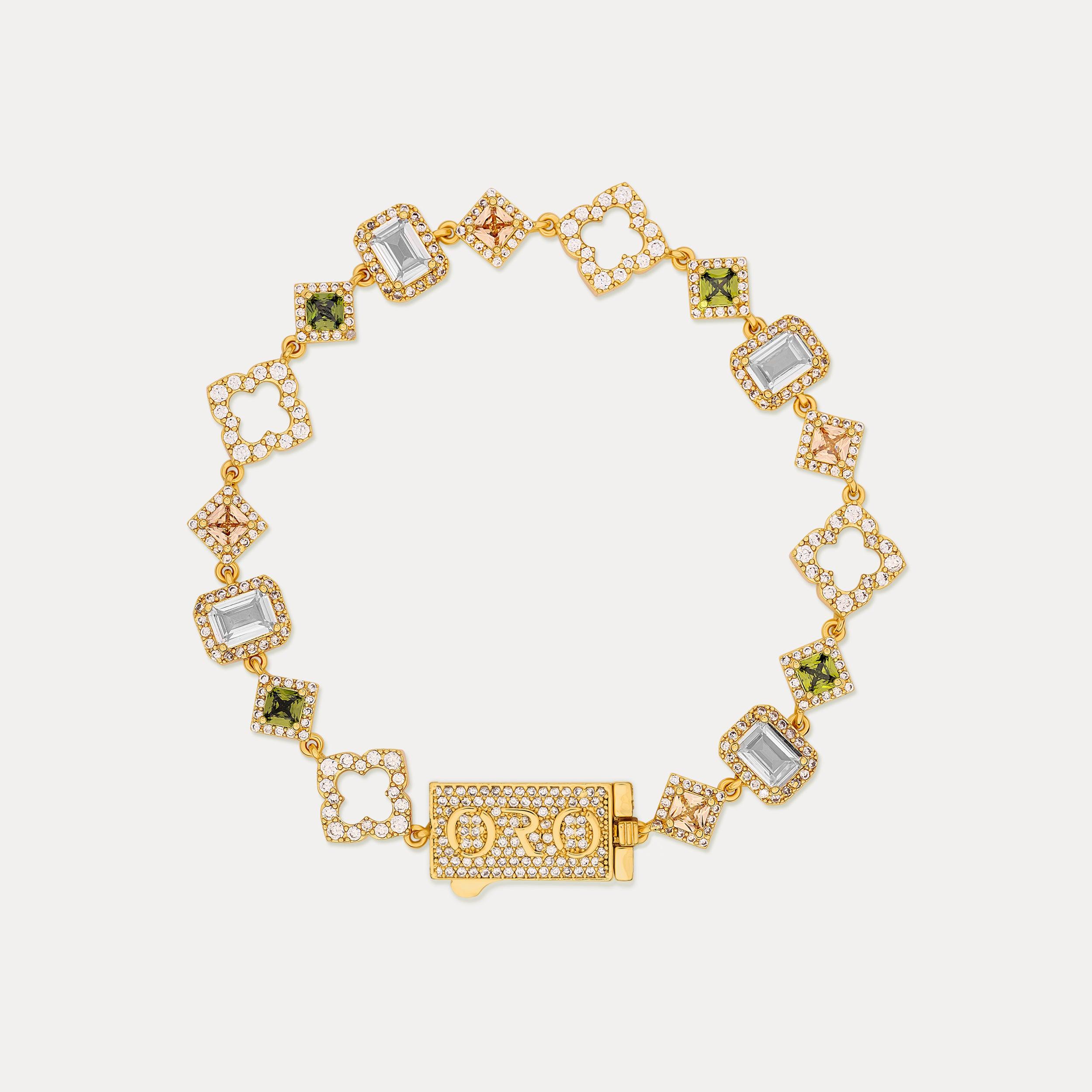
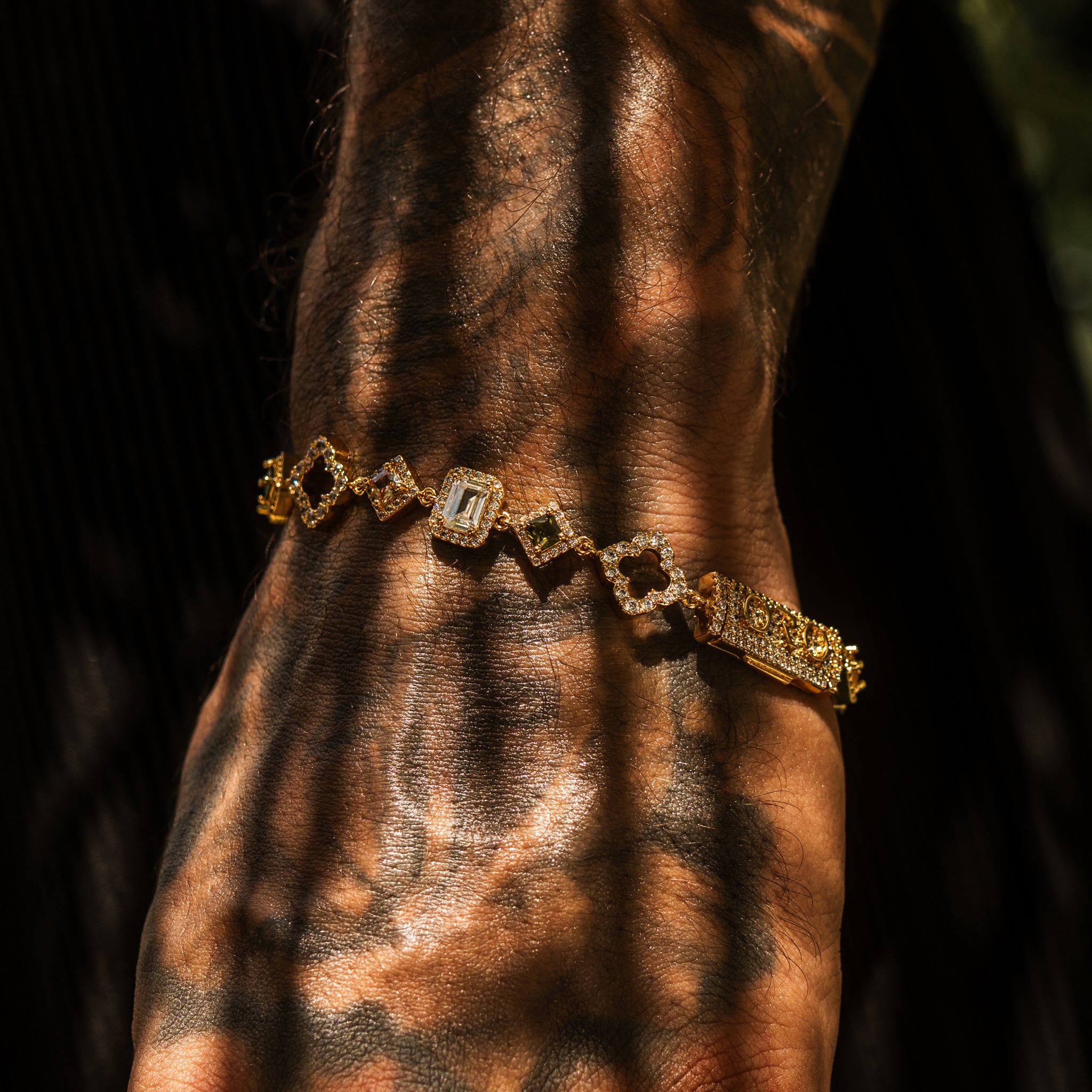

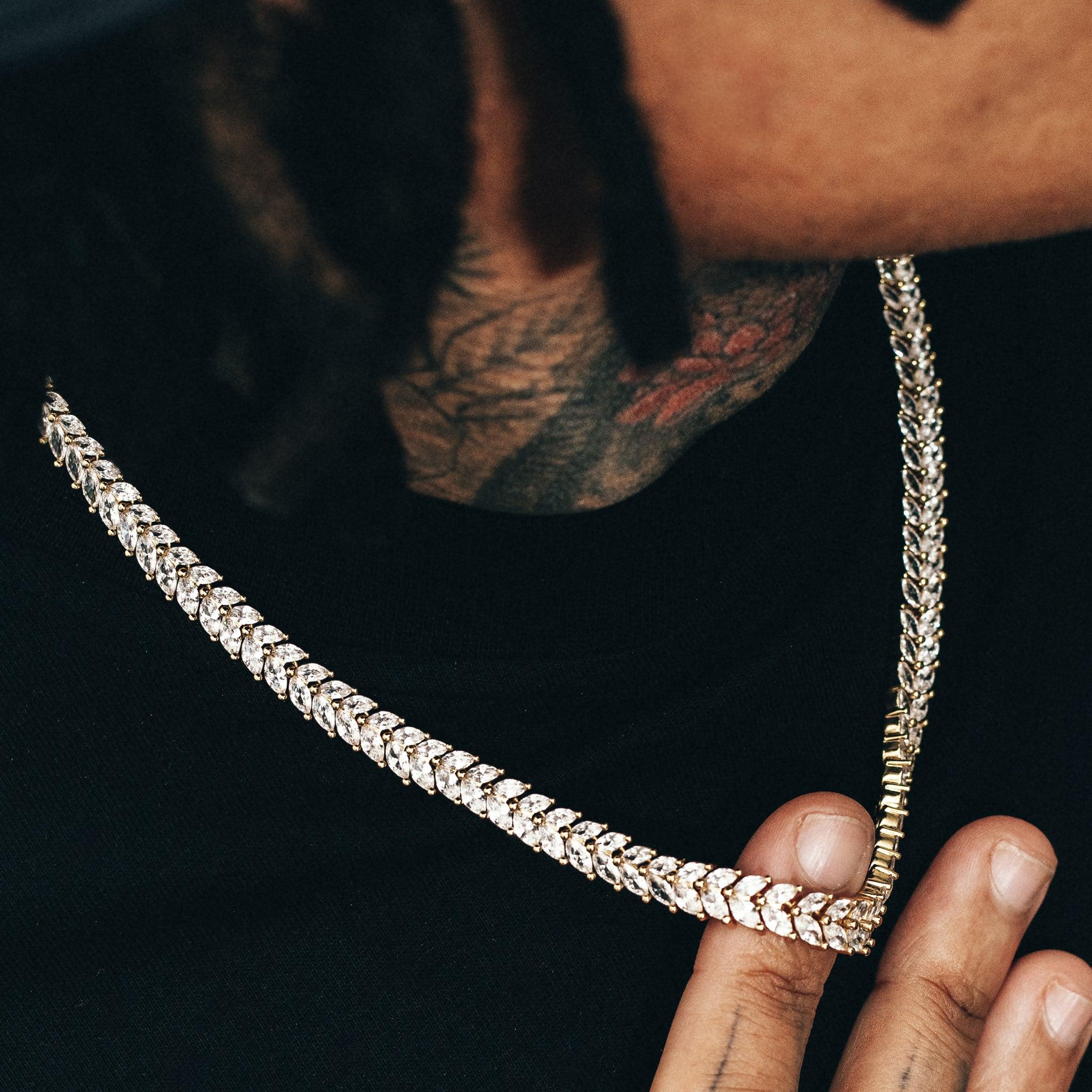
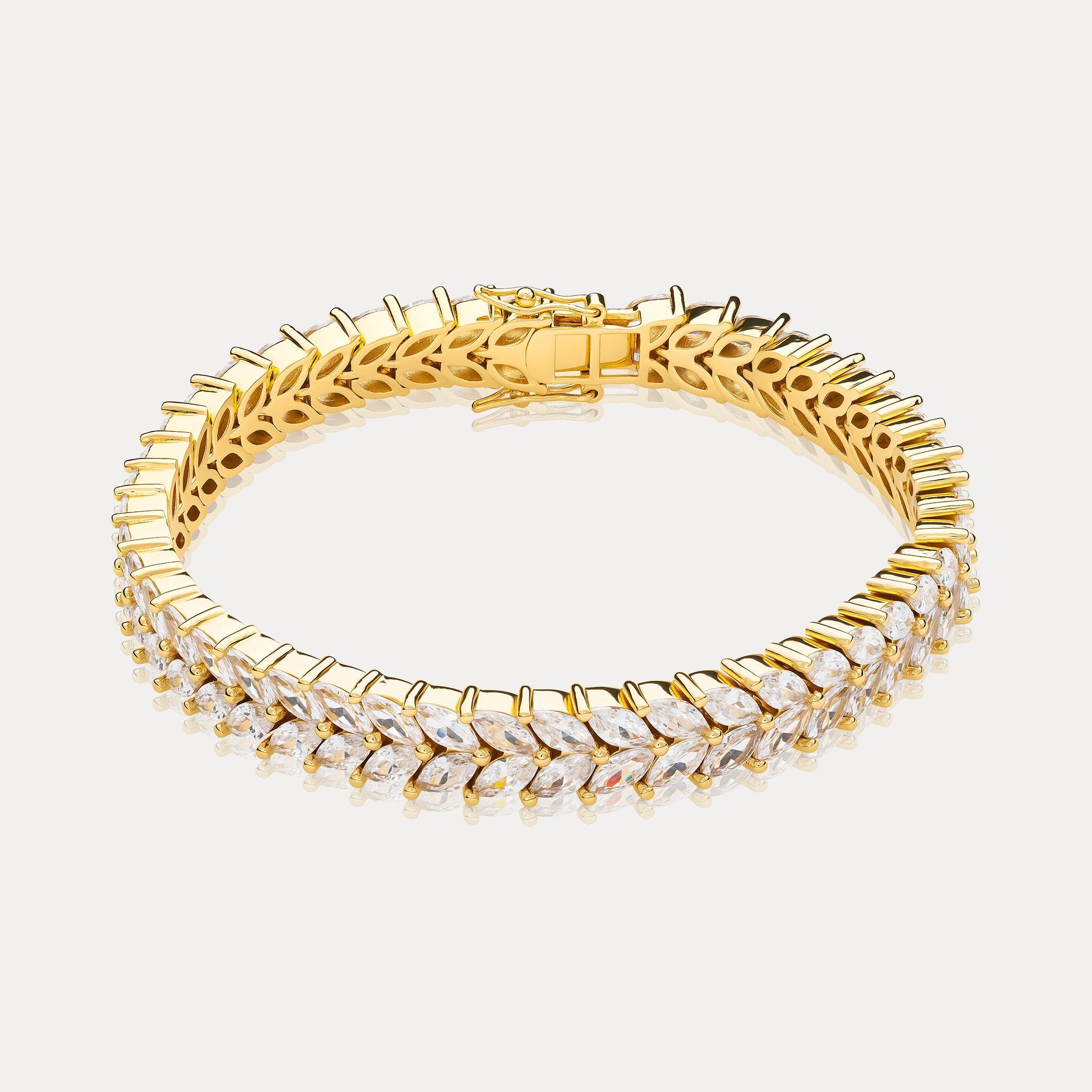
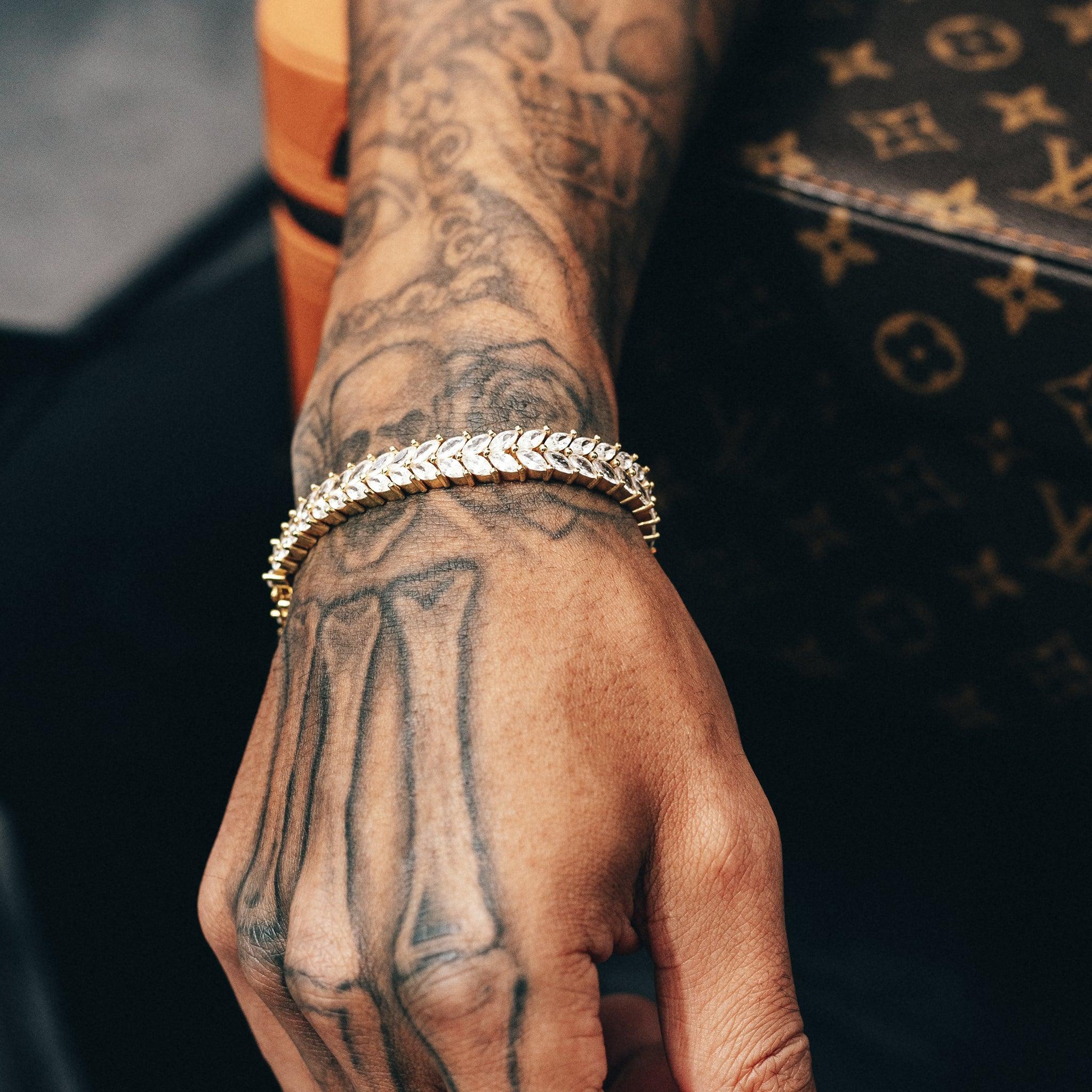
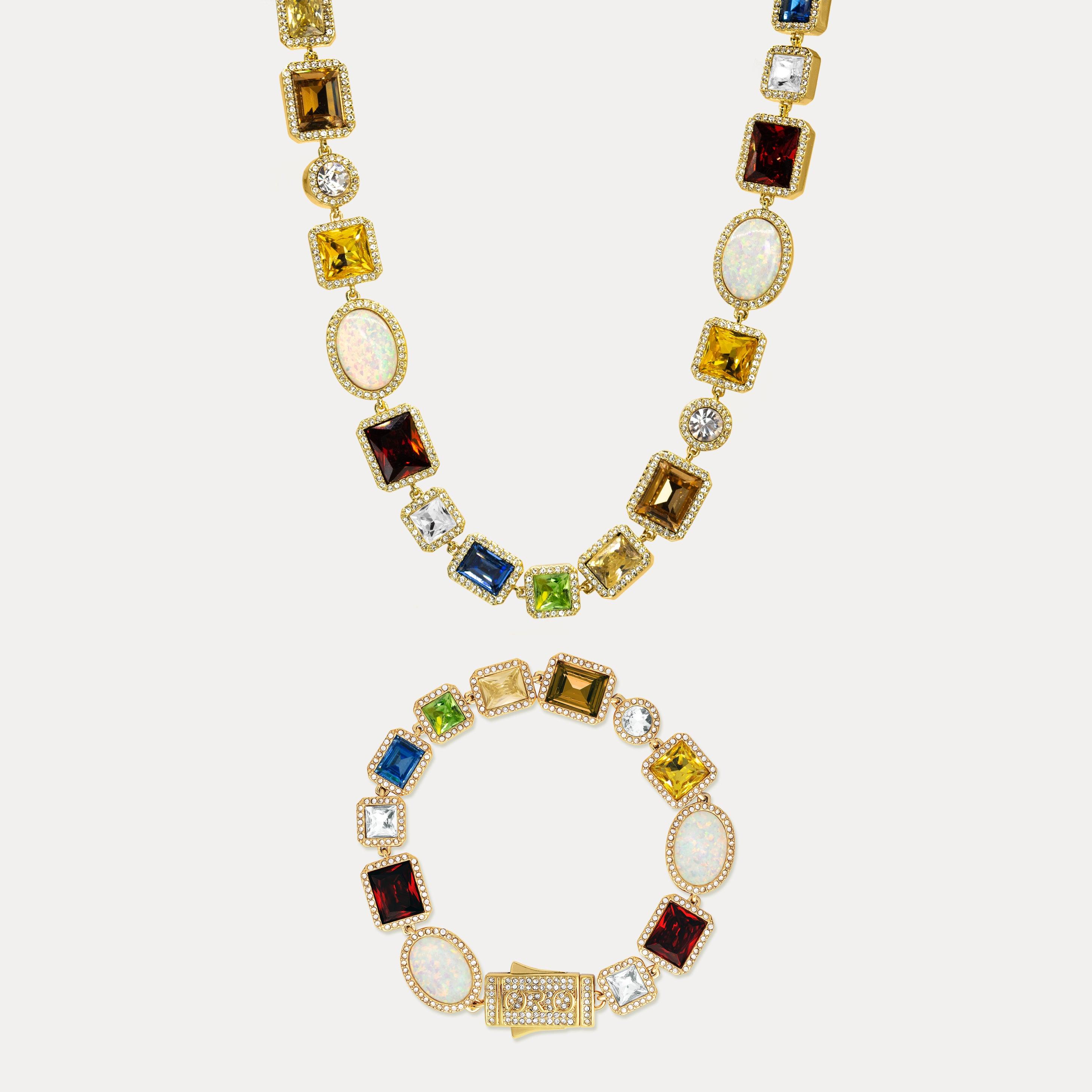
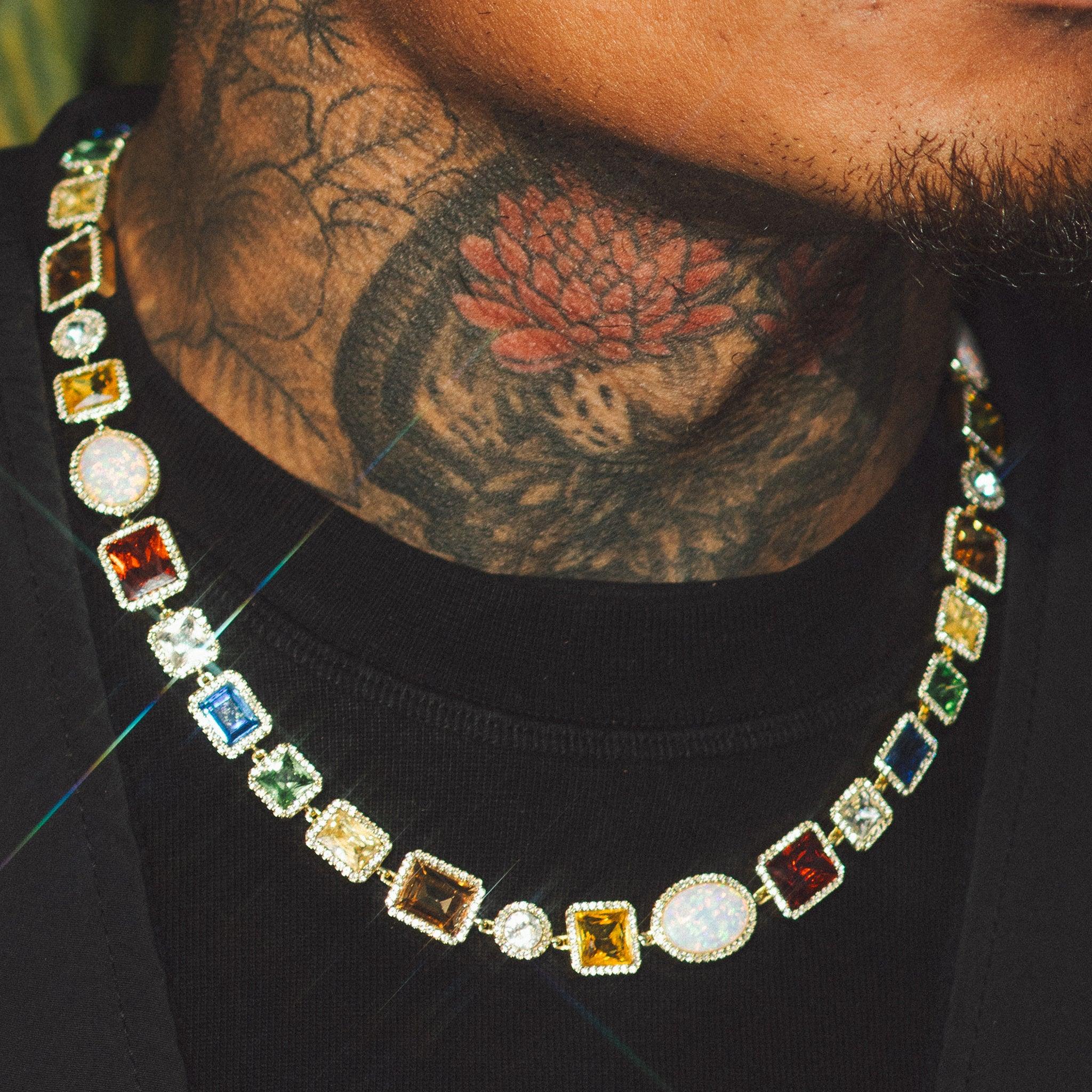

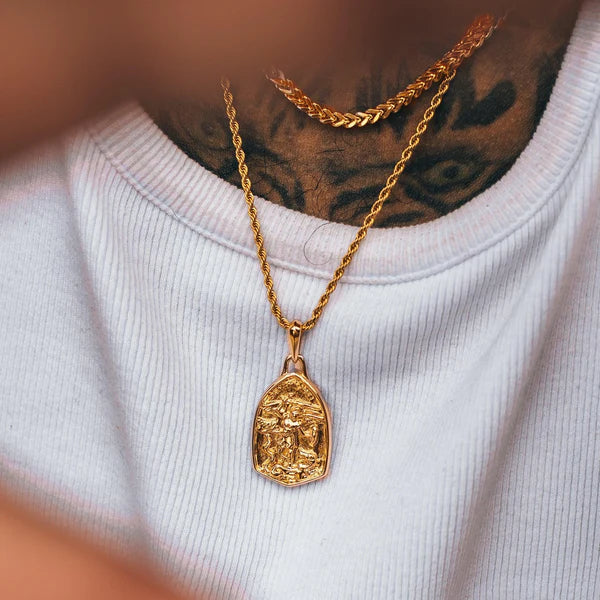

Leave a comment
This site is protected by hCaptcha and the hCaptcha Privacy Policy and Terms of Service apply.